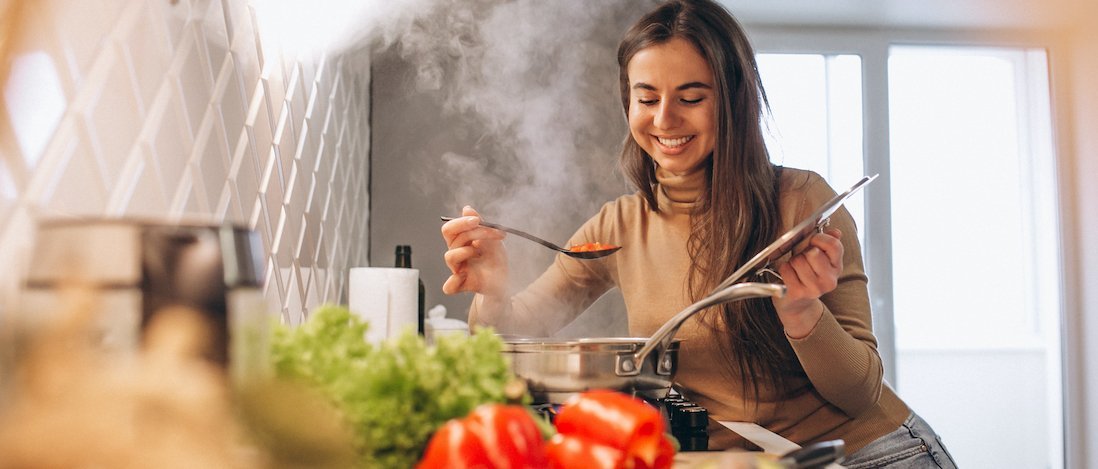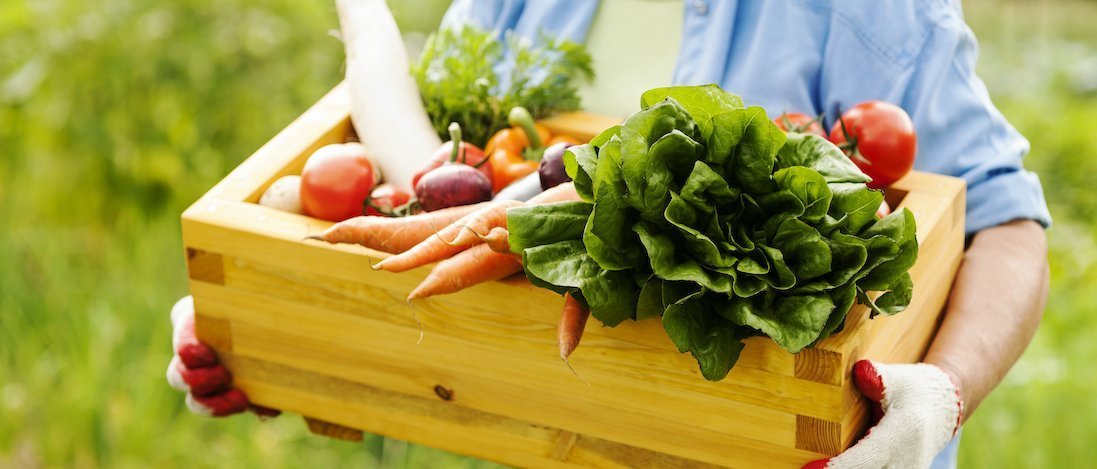Date published: 28.01.2021
2020 in review: 6 highlights of this exceptional year for FMCG brands and retailers
2020 was a year like no other. The Covid-19 pandemic took the world by surprise, causing a shock wave and disrupting well-established consumption habits. In this article, we look at 6 highlights of 2020, the new trends and those accelerating. We also discuss the 2021 outlook for consumer brands.
A significant increase in grocery sales
In 2020, take-home grocery sales increased significantly. According to the British Retail Consortium – KPMG Retail Sales Monitor, food sales rose 5.4% overall. In 2019, sales of FMCG goods had declined, and experts predicted the end of hyper-consumerism with consumers embracing a “buy less, buy better” philosophy. The sanitary crisis completely changed the picture.
The sharp increase in grocery spending in 2020 is obviously linked to the various lockdowns and the rise of remote working with fewer meals taken outside of home. Schools were also closed for extended periods of time. As a result, British households have had to buy more groceries throughout the year: food, drinks, but also soap, toilet paper, etc. Many also did some stockpiling, buying in bulk at the start of the pandemic and ahead of Brexit.
According to Kantar, December was the busiest month ever for British supermarkets: grocery sales spending hit a record £11.7 billion.
A renewed interest in cooking
2020 has allowed British households to rediscover the joy of cooking and home-made food. With more time at hand, and the desire to adopt a healthier diet, more consumers have started to cook. According to a Shopmium survey we carried out at the end of 2020, 62% of households cook more meals from scratch than they did in 2019. In addition, 52% of households report baking more often.
As such, sales of products such as fresh beef, fresh chicken, fresh fish, eggs and vegetables increased significantly as shown by IRI data. On the contrary, sales of ready meals and on-the-go products experienced a strong decline, including sandwiches, lunch salads, prepared fruit salads and filled rolls & wraps.
The Waitrose Food & Drink report 2021 explains that “cooking is the new commute”, providing the break between working time and home life for remote workers.

A surge in online food shopping
2020 also saw a change in how consumers shop, with more of them turning online to buy groceries. This includes both click-and-collect and home delivery offers, which are perceived as safe ways to shop, limiting physical contacts.
According to Waitrose, 25% of British households bought food online for the first time in 2020, with the highest uptake being among people under 35. And 69% of people who shopped for food online during the pandemic plan to continue doing so.
Julian Skelly, Retail Lead at Publicis Sapient, told The Grocer:
“More than six million households in the UK tried online shopping in 2020, largely due to the physical restrictions in place. This figure will sustain in 2021 and continue to grow as people get used to the convenience and safety aspect, and as the delivery services improve, becoming both more available and reliable”.
Strong support to local shops and producers
The Covid-19 pandemic put local businesses in the spotlight. According to research from Deloitte Digital, 59% of British consumers have used more local stores and services in 2020. Deborah Womack, Director at Deloitte Digital, explains:
“Consumers may have begun shopping locally out of necessity rather than choice, however they are rediscovering their local shop as a place for human contact and personal service when they need it most”.
More and more households are also buying British, to support local farmers and producers. A survey conducted by Made in Britain shows that two-thirds (66%) of British consumers are more likely to buy more British goods post Covid-19 to support the economy. 44% of consumers say they prefer to buy British regardless of the cost.

Economic pressure and reduced income
Household budgets have suffered from the pandemic. Many experienced a drop in income due to the crisis. In this context, and in order to better control their spending, consumers have become more price-sensitive and more interested in discounts, deals and promotional offers.
According to a survey conducted by McKinsey, 36% of British consumers are looking for more ways to save money when shopping than they did before the crisis. Compared to their European neighbors, UK consumers have traded down the most, with 33% of those who have changed their shopping behaviors reporting that they have switched to less expensive brands or stores or started buying items on sale.
As such, as households face strong economic pressure, promotion and coupons remain an important lever to encourage purchase and generate sales.
The increased importance of sustainability
The sanitary crisis has fueled ethical and environmental concerns, which have continued to grow in 2020. 60% of consumers say they are making more environmentally friendly, sustainable, or ethical purchases since the start of the pandemic according to an Accenture survey.
How are consumers embracing sustainability? There are many different trends at play including buying local, organic and fair trade. Some households are also choosing to eat less meat, favoring plant-based products. And packaging is a hot topic, with consumers trying to reduce single-use plastics, which means drinking less bottled water for example and adopting home-made cleaning and hygiene products. However, the financial cost is a barrier for some households.
What can brands expect in 2021?
So, what is the outlook for FMCG brands? In 2021, consumers should continue cooking and baking, trying new recipes. There is a clear opportunity to capitalize on this trend with new products, such as meal kits, as well as new at-home brand experiences. Barilla for example recently launched a collection of Spotify playlists that last the time it takes to cook different pasta shapes.
Local, healthy, natural and sustainable will continue to be key market drivers, as health and wellness remain a major concern for Britons. And the interest in discounts and promotional offers should not wane. Brands are in a unique position to lead these changes, with new options and alternatives, while encouraging trial with attractive offers and communication campaigns.